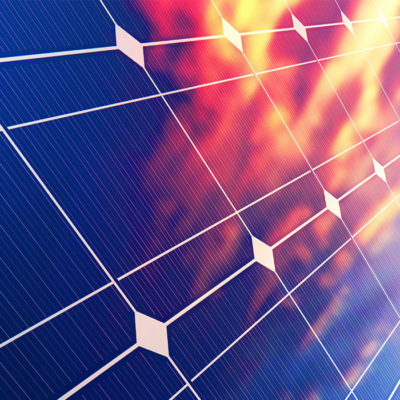
Our Experts Offer an Inside Look into Different Solar Farms
The conversation about renewable energy has been ramping up over the past few years. Solar farms are right at the center of it. Homes and businesses can fit their own solar panels to save energy costs and help the environment. However, we want to think bigger than that. Solar farming has been popping up all over the United States, and Renewables Worldwide is proud to be a part of the solar movement with community solar. Here’s a brief explanation of a solar farm and how it works.
Utility-scale solar farming
Even though Renewables Worldwide is focused on community solar (more on that later), it is still important to know how a utility-scale solar farm works. Utility-scale farms contain hundred of thousands—sometimes millions—of solar panels and stretch for miles. The panels in a utility-scale solar farm and ground-mounted and grouped together. They are often built by utility companies or private energy companies who sell the energy produced to the utility companies. Utility-scale farms are connected to the power grid by high-voltage power lines. These solar farms are usually operated on power purchase agreements. Businesses and companies agree to buy a set amount of energy from the solar farm. Furthermore, the energy produced by a utility-scale solar farm can travel for miles before it reaches the locations that it actually powers.
Community solar farms
Renewables Worldwide is proud to service multiple community solar farms. A community solar farm differs from a utility-scale solar farm in its size and its operation. Community solar farms consist of multiple subscribers who either own or subscribe to the solar farm. Each customer, whether business or residential, buys into the solar farm feeds into the larger grid. The customers’ energy bills are adjusted based on the energy savings that their portion of the community solar farm produces.
Community solar farms typically power a smaller local area or neighborhood. Due to the power from a community solar farm is distributed to homes and businesses within a close range, they are less likely to lose power if the grid goes down. Some states put limits on how big a community solar farm can get. Therefore, they do so by either limiting how many kilowatts it can generate or by putting a cap on the number of residents or businesses that can join a community solar farm project.




